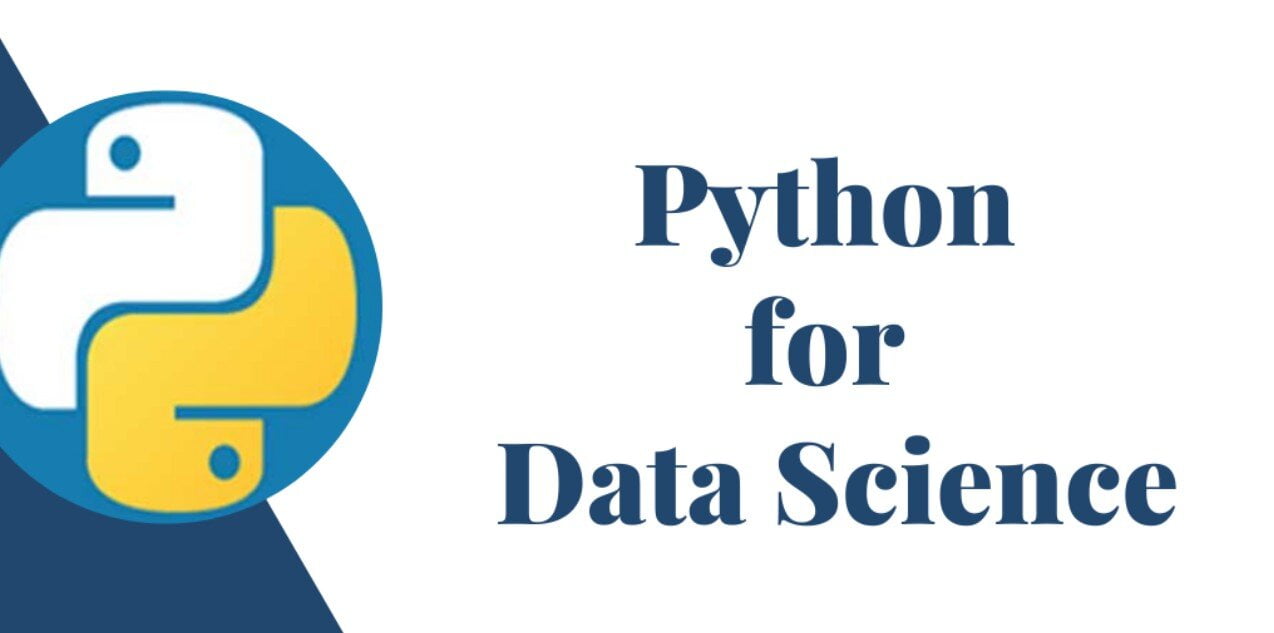Data science is about exploration, problem-solving, and extracting valuable information from data. It may be the easiest way to describe what Data science is by listing the below concrete components.
Data Analysis and Exploration
Included here: SciPy; NumPy; Pandas; a helping hand from Python’s Standard Library.
Data visualization
Included here: Seaborn; Datashader; Matplotlib.
Classical machine learning
Included here: StatsModels, Scikit-Learn.
Deep learning
Included here: TensorFlow, Keras, and a whole host of others.
Data storage and big data frameworks
Included here: Apache Hadoop; HDFS; Dask; Apache Spark; h5py/pytables.
Why Python for Data Science?
Before understanding why python for data science, first we should understand python in the first place.
Python is one of the valuable skills necessary for data science and it is the programming language of choice for data science.
Python is the best choice for Data Science here are the top reasons:
- Free and Open Source
- Easy to learn; intuitive
- Portability
- Very few lines of code
- Popularity and Demand
- Better productivity
- Excellent Community / Online presence
- It is faster than similar tools like MATLAB and R
- Great memory management abilities.
Python has a great set of libraries geared towards Data Science, like NumPy, SciPy, Pandas, Matplotlib, sci-kit-learn, Seaborn and TensorFlow
Steps to Learn Python for Data Science
Step 1 – Strengthen the Python Basics
- Python is an easy language; it is a good choice for introducing students to programming.
- It has a very simple syntax.
- Python programs are easy to understand read and write.
- To get started with Python, first, we have to start with the basics. These include expressions, variables, types, and string operations.
Step 2 – Understand Python Data Structures
- After the basics, you need to understand various data structures like tuples and lists and dictionaries and sets. we will use these when writing code in Python.
- This will helps in understanding how things work in Python. Try a few exercises on understanding Data structures
Step 3 – Master some Language Fundamentals
- Learn about conditions like for- and while- loops, if..else and if..elif..else, recursion and functions.
- You should also learn about objects and classes, and packages in Python.
Step 4 – Learn to Use Python to Work with Real Data
- It is important to learn to use Python to work with data. This includes writing and reading files with Python.
- This includes learning to use Pandas to read, work with, and save data using Pandas and also need to preprocess data.
Step 5 – Study to Gain Insights and Analyze Data
- Learn to analyze data and gain insight from it using various Python libraries. This includes data frame from Pandas, ndarray from NumPy, multiple functions and methods from SciPy, and various machine learning methods from sci-kit-learn.
Step 6 – Grasp the Data Visualization Concept
- Python has many options for choosing a library to perform visualization. Some of these are Seaborn, ggplot, Matplotlib, Plotly, and Bokeh.
- We need to learn to visualize data if you want to become a Data Scientist. This reveals patterns in data that are otherwise hidden.
Step 7 – Learn to Use Python Libraries
- Python has many libraries geared toward Machine Learning and Data Science. These include NumPy, Pandas, sci-kit-learn, SciPy, Matplotlib, Seaborn, TensorFlow, Keras, Theano, and XGBoost. Learn about them and their usage.
As one of reputed Python Training Institute in Bangalore, Apponix Technologies offers real time training with project.









I found your article is very informative and you had great use of facts throughout the article. Thanks for sharing this valuable information with us, it is really helpful article!